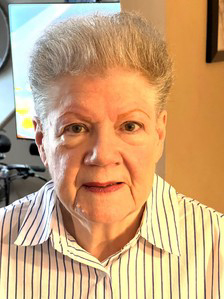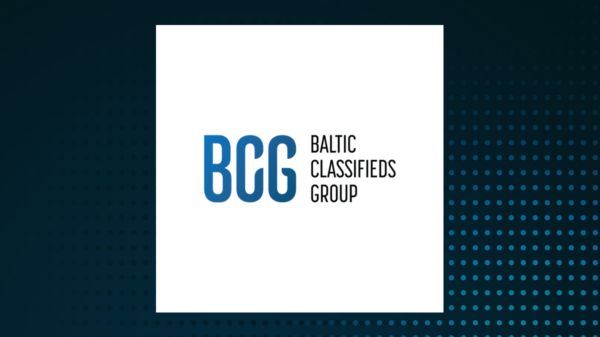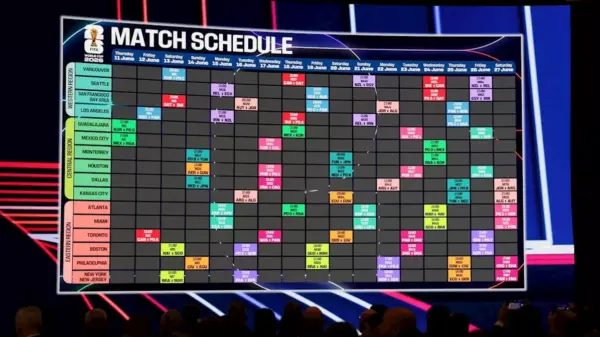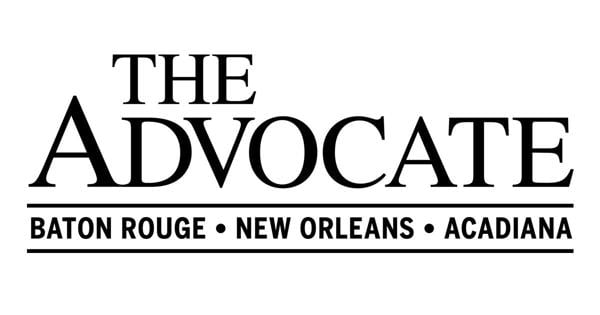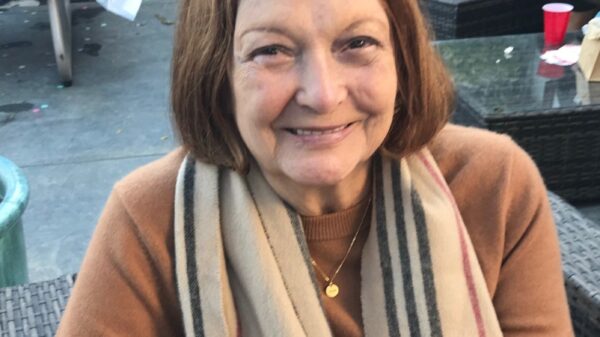Nayland Blake, an influential artist and educator, has released a compelling collection of writings and interviews titled “My Studio Is a Dungeon Is the Studio: Writings and Interviews, 1983–2024.” Edited by Jarrett Earnest, this work is set to be published by Duke University Press on November 4, 2025. The book highlights Blake’s philosophy on teaching art and the critical role of assignments in fostering creativity.
Blake reflects on his thirty years of teaching experience across various platforms, including colleges and art residencies. He emphasizes that teaching acts as a vehicle for sharing cultural insights and artistic ideas that have influenced him throughout his career. Central to his teaching methodology is the concept of assignments, which he believes serve as the foundation for both education and personal artistic practice.
Assignments as a Catalyst for Creativity
In his writings, Blake articulates the significance of assignments, stating, “The right assignment at the right time can answer a need we haven’t been able to articulate to ourselves.” He argues that assignments not only reveal one’s perspective on art but also explore the broader world. Blake draws from his own experiences, sharing that he utilizes assignments he received during his own education, as well as those derived from various artists and thinkers.
The essence of a successful assignment, according to Blake, lies in its ability to build skills and broaden perspectives. He notes, “Finding a good assignment provides a thrill.” Blake has refined many of these tasks over years of teaching, tailoring them to meet the unique needs of his students and himself. He asserts that self-imposed assignments have been instrumental in overcoming moments of doubt and creative blocks.
Embracing Possibility Over Predictability
Blake’s approach to assignments is deeply influenced by principles from recovery programs, particularly the idea of “taking the action and letting go of the result.” He warns against using assignments as a means to dictate outcomes, suggesting that effective tasks should encourage exploration rather than limit possibilities. He states, “Good assignments awaken us to the breadth of possibilities available to us.”
Through this lens, assignments serve as a scaffolding for artists to connect with the unexpected aspects of their creativity. Blake emphasizes that there is no definitive right or wrong answer in art; instead, the focus should be on the continuous journey of discovery. He believes that while these assignments will not replicate his artistic identity in others, they can guide practitioners toward their own unique paths.
The release of Blake’s book is anticipated to resonate with both aspiring and established artists, providing a framework that encourages exploration and personal growth within the artistic process. His insights underscore the transformative power of teaching and the profound impact of well-crafted assignments in the realm of art.












